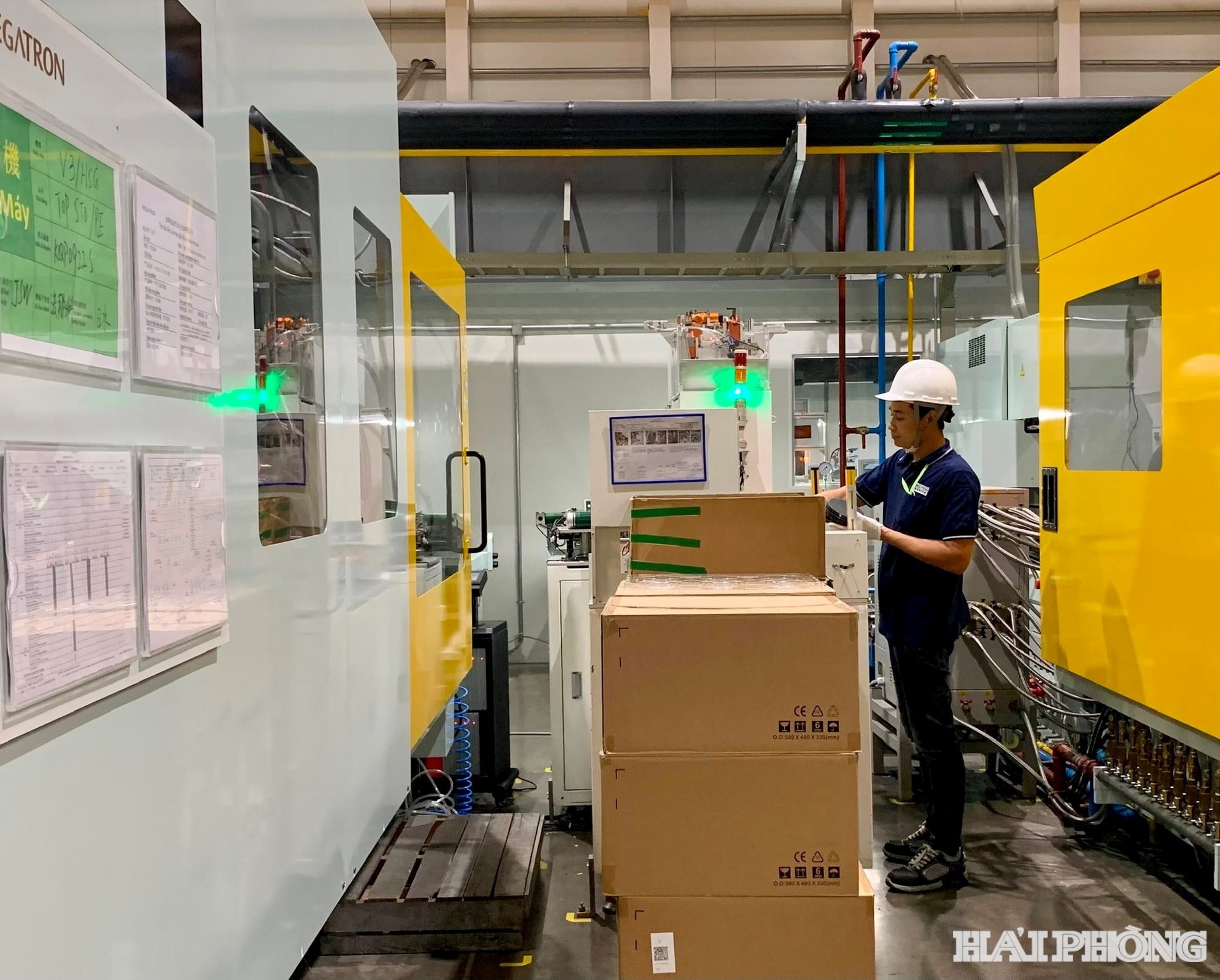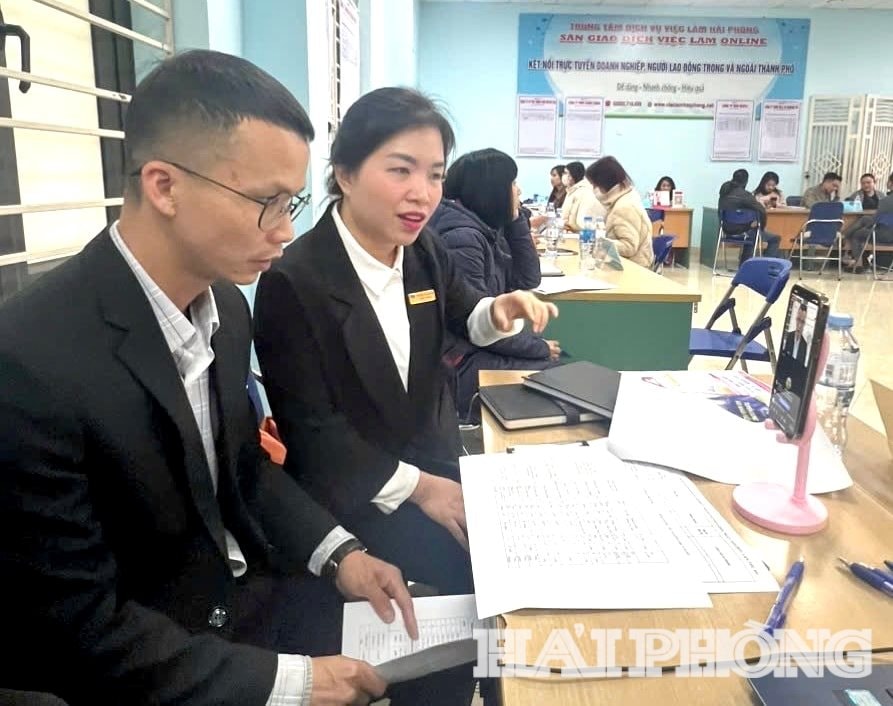Hai Phong businesses work to resolve labor shortage
Many businesses in Hai Phong city are offering higher salaries and benefits while continuously improving working conditions to attract workers.

High demand for labor
Hai Phong is currently a national leader in investment attraction. In the first half of 2025 alone, the city drew nearly 1.5 billion USD in foreign direct investment (FDI) and over 291 trillion VND in domestic direct investment. Notably, the eastern part of Hai Phong attracted over 276 trillion VND, 12.2 times more than the same period in 2024, while the western region brought in 14.555 trillion VND, a surge of 85.2% year on year.
This shift in investment sources has spurred a parallel shift in workforce demand. At present, nearly 220,000 laborers are working in industrial parks in eastern Hai Phong, marking an 8% increase from last year.
In western Hai Phong, five newly approved industrial parks cover a total of 921 ha, each of which is expected to recruit 13,000 – 19,000 workers, mainly in technology, manufacturing, electronics, electricity, and logistics.
Over the past six months, more than 500 businesses in Hai Phong’s industrial parks have posted recruitment needs. In some job transaction sessions held by the Hai Phong Employment Service Center under the Department of Home Affairs, businesses registered to recruit as many as 7,000 – 8,000 workers. Some companies with large recruitment needs included Heasung Electronics Vietnam Co., Ltd. (Trang Due industrial park), Toyoda Gosei Hai Phong Co., Ltd. (Japan – Hai Phong industrial park), and Nano Film Technologies Vietnam Co., Ltd. (expanded Dai An industrial park).
Flexible policies for labor attraction

To draw in workers, many companies have improved income policies, upgraded working conditions, and organized cultural and sports activities to enhance employees’ physical and mental well-being.
According to Do An Ninh, Head of the Grassroots Trade Union Chairmen’s Club in Japan – Hai Phong industrial park, per capita income of production workers in Japanese firms is about 9.4 million VND/ month. In the past six months, 82.5% of Japanese enterprises voluntarily raised basic salaries, with an average increase of 213,000 VND/ month.
To develop a high-quality labor force for the city’s industrial and economic zones, Hai Phong has issued several policies focused on workforce development, especially in education and training to improve knowledge, professional skills, and technical capabilities for students and workers across the city.
The Hai Phong Economic Zone Authority (HEZA) monthly monitors businesses' labor needs and promptly shares this information with local universities and colleges, as well as the media, helping enterprises improve recruitment effectiveness and avoid labor shortages that could disrupt production chains.
Looking ahead, the HEZA will continue to proactively coordinate with labor-rich localities and reputable training institutions inside and outside the city. It will also support businesses in connecting with universities, colleges, and vocational schools to ensure a stable supply of skilled workers.
According to Le Trung Kien, Head of the HEZA, the authority has proposed that the city People’s Committee step up efforts to attract leading global technology organizations and corporations to invest in research and production facilities in Hai Phong. This will serve as a driving force for attracting high-quality human resources to the city’s industrial and economic zones.
HUY DAI
